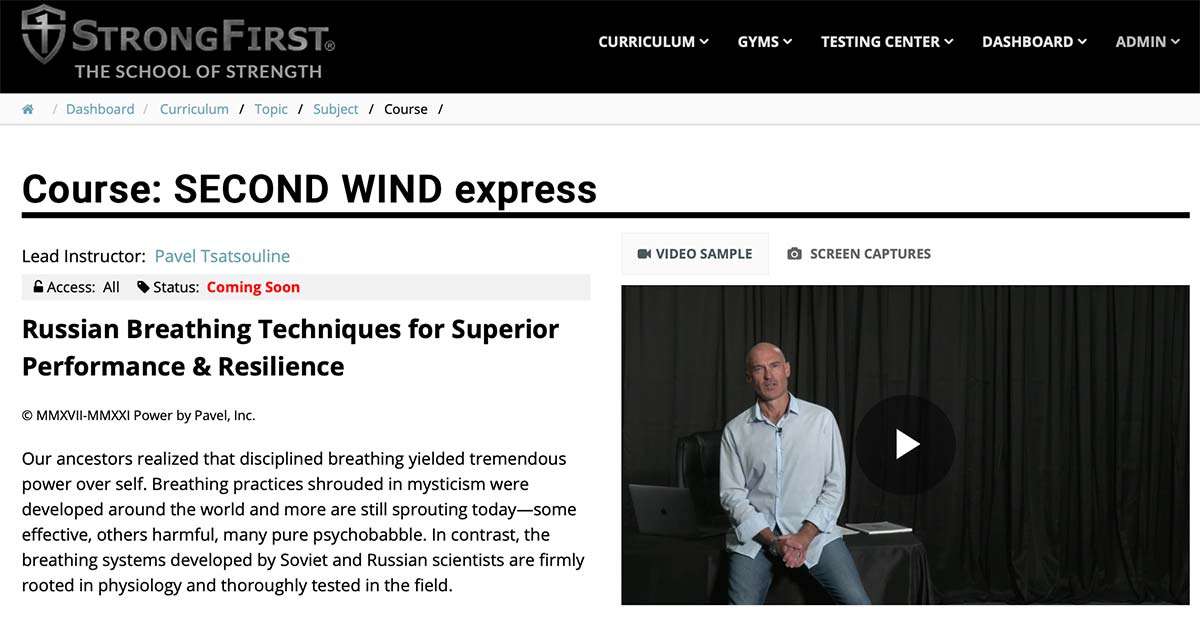HarryBergers
Level 6 Valued Member
I've been doing IC this week and I'm really liking the feeling of a reasonably elevated heart rate during training. It almost feels like it is fueling me and the activity feels like it gets easier over time. I've also not been this hungry all day for quite a while now.
I've read both S&S versions of the talk test. I've seen a lot of youtube videos about the talk test, a lot of folks claim they developed it btw.. But, nobody has really gone over what level of comfort level, or diaphragmic pressure, or even the CO2 panic response or really anything feeling related at all. I've only seen one guy use it to gauge trainees' intensity levels. Everything above low intensity seems like it would fail the test.
My impression from the reading is that I want to easily be able to say a sentence without it feeling rushed or that I need to gasp for air right after I'm done my test sentence.
Am I close to the ballpark here? If my sentence feels easy, or if I don't feel like I need to hasten my breathing I lift again. If I feel like I'm starting to get a CO2 buildup during my sentence I'll make sure I can exhale a couple times slowly, nasally, and it seems like that is good? ¯\_(ツ)_/¯ Other than feeling lactic acid usage in my chest, how would I know I'm pushing too hard?
What queues do you look for when training with talk test timing?
I've read both S&S versions of the talk test. I've seen a lot of youtube videos about the talk test, a lot of folks claim they developed it btw.. But, nobody has really gone over what level of comfort level, or diaphragmic pressure, or even the CO2 panic response or really anything feeling related at all. I've only seen one guy use it to gauge trainees' intensity levels. Everything above low intensity seems like it would fail the test.
My impression from the reading is that I want to easily be able to say a sentence without it feeling rushed or that I need to gasp for air right after I'm done my test sentence.
Am I close to the ballpark here? If my sentence feels easy, or if I don't feel like I need to hasten my breathing I lift again. If I feel like I'm starting to get a CO2 buildup during my sentence I'll make sure I can exhale a couple times slowly, nasally, and it seems like that is good? ¯\_(ツ)_/¯ Other than feeling lactic acid usage in my chest, how would I know I'm pushing too hard?
What queues do you look for when training with talk test timing?

